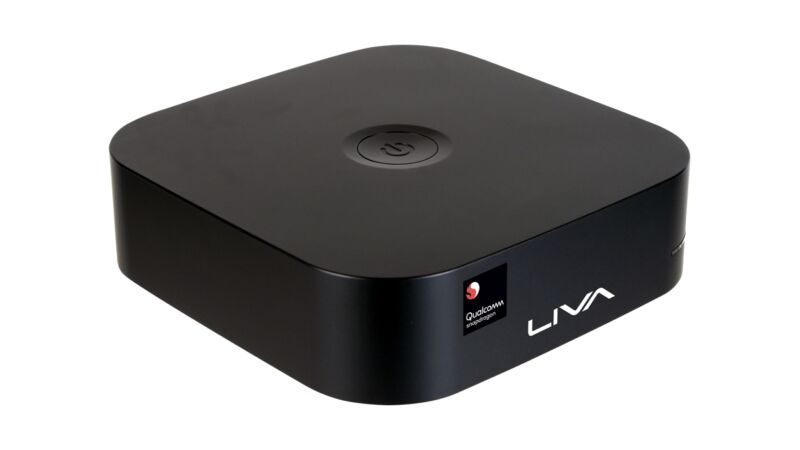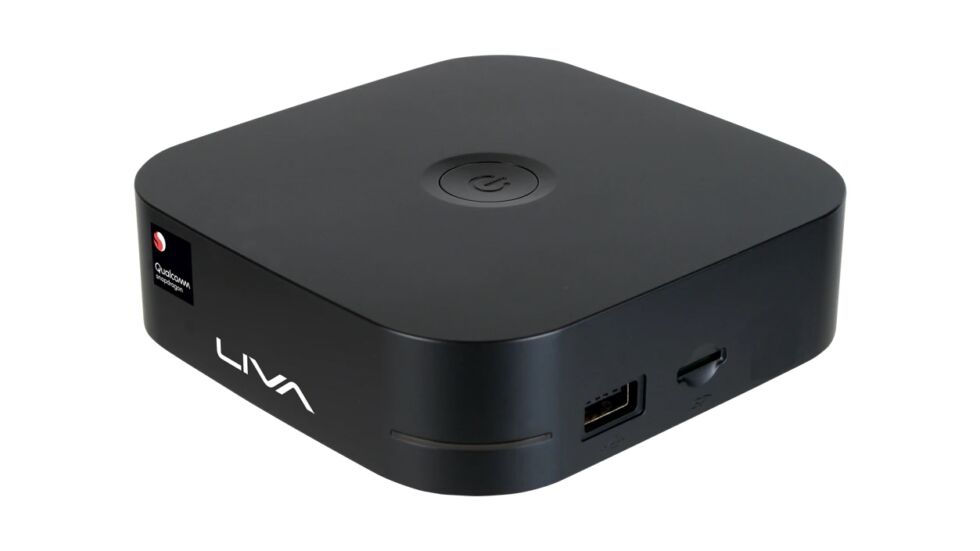$219 mini PC is the best, cheapest way for devs to try Windows on ARM

Enlarge / The ECS LIVA QC710 mini PC. (credit: ECS)
Developers interested in testing out the ARM versions of Windows haven't had much flexibility when it comes to testing hardware. On one end of the spectrum are $1,000-ish tablets like the Surface Pro X, which, especially for indie developers, is a lot of cash to drop just to dabble in a new hardware ecosystem. And while you can technically run Windows 10 and 11 on a Raspberry Pi 4, performance even on a 4 GB or 8 GB Pi leaves a lot to be desired (it's also not actually permitted by Windows' licensing restrictions).
But there's now a solution to this problem in the form of the ECS LIVA QC710, an unassuming Qualcomm Snapdragon-powered Windows mini PC that is currently available in the Microsoft Store for a relatively reasonable $219. The box ships with the ARM version of Windows 10 Home, and at 1.38*4.69*4.59 inches is comparable in size to a set-top box like the Apple TV.

One of the QC710's USB ports and its microSD card slot are located on its side. [credit: ECS ]
The low price is reflected in the computer's specifications. It includes just 4 GB of RAM and 64 GB of (presumable eMMC) storage, expandable only via a microSD slot on the side. The Snapdragon 7c chip is also a step down from the Snapdragon 8c, 8cx, SQ1, and SQ2 chips that power tablets like the Surface Pro X. The SoC includes a pair of "big" Kryo 468 Gold cores and six "little" Kryo 468 Silver cores, plus an Adreno 618 GPU, 802.11ac Wi-Fi, and Bluetooth 5 support. Connectivity is limited to a single 5 Gbps USB Type-A port, one USB 2.0 port, an HDMI port, and a 100 Mbps Ethernet port, plus a USB-C port that's used for power.
Read 2 remaining paragraphs | Comments